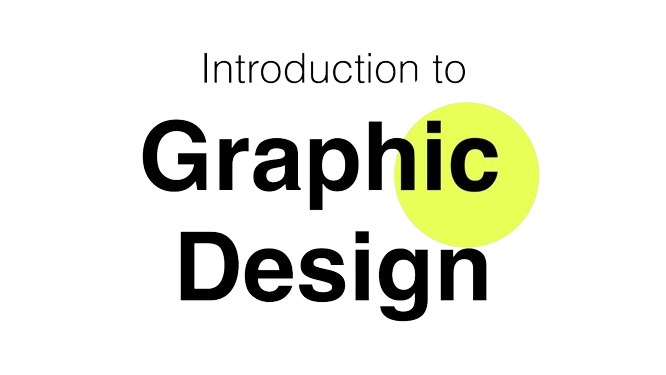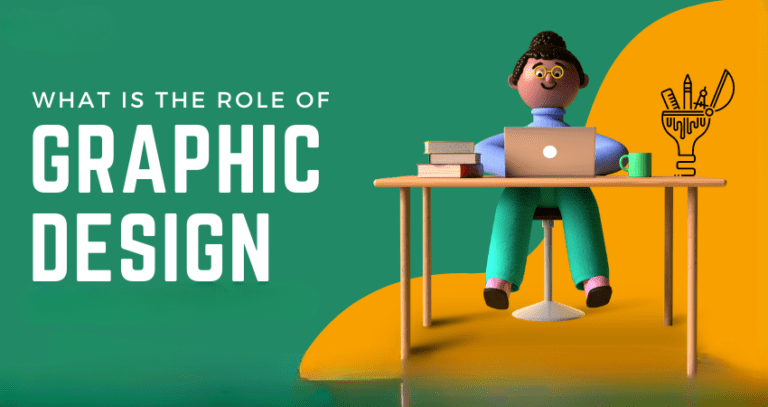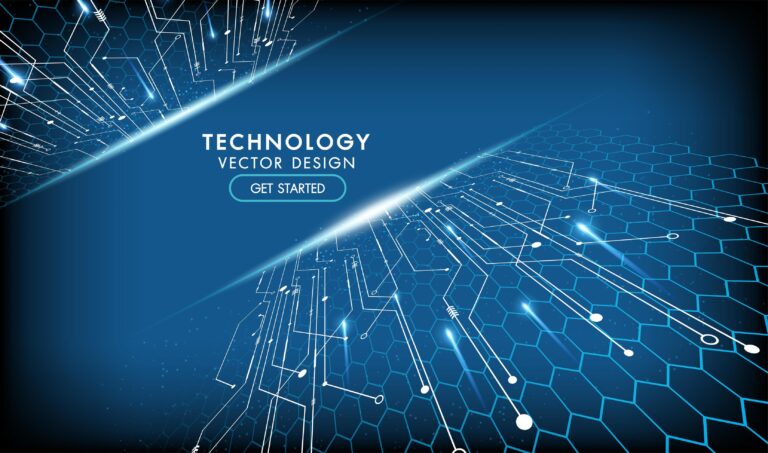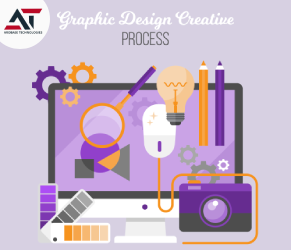- In the vast landscape of Information Technology (IT) companies, where lines of code dominate conversations and innovation drives progress, the significance of graphic design often goes unnoticed. Yet, in today's digital age, where aesthetics play a pivotal role in user engagement and brand identity, the marriage of technology and design is more crucial than ever.
Introduction
- IT companies are the backbone of the digital world, pioneering groundbreaking technologies and revolutionizing how we interact with information. However, amidst the sea of algorithms and data structures, the importance of visual communication often takes a backseat. This is where graphic design swoops in to bridge the gap between functionality and aesthetics.

The Role of Graphic Design
- Graphic design is not merely about creating visually appealing layouts; it's about storytelling, user experience, and brand representation. In IT companies, graphic designers play a crucial role in transforming complex data into intuitive visualizations, crafting user interfaces that are both functional and visually appealing, and establishing brand identities that resonate with the target audience.
- From designing logos and marketing materials to creating user interfaces and interactive experiences, graphic designers infuse creativity into every aspect of an IT company's operations. They collaborate closely with developers, UX/UI designers, and marketing teams to ensure cohesive and compelling digital experiences across platforms.

Tools of the Trade
- In the realm of graphic design, creativity meets technology, and a plethora of tools are at the designer's disposal to bring their vision to life. Adobe Creative Suite, with its powerhouse of applications like Photoshop, Illustrator, and InDesign, remains a staple in the toolkit of graphic designers. These versatile tools enable designers to manipulate images, create vector graphics, and design layouts with precision and finesse.
- Moreover, prototyping tools like Sketch and Adobe XD empower designers to create interactive prototypes and streamline the design-to-development workflow. With features like artboards, symbols, and responsive design capabilities, these tools facilitate collaboration and iteration, allowing designers to refine their designs until they achieve perfection.

The Intersection of Design and Technology
- In the ever-evolving landscape of IT, design and technology are not mutually exclusive but rather complementary forces driving innovation forward. Design thinking principles, which emphasize empathy, iteration, and user-centric solutions, have permeated the culture of IT companies, shaping the way products and services are conceptualized and developed.
- By integrating design principles into the software development process, IT companies can create products that not only meet the functional requirements but also delight users with intuitive interfaces and seamless experiences. User experience (UX) design, in particular, has emerged as a critical aspect of software development, with companies investing heavily in UX research and design to gain a competitive edge in the market.

Conclusion
- In the dynamic landscape of IT companies, where innovation is the currency of success, graphic design serves as a catalyst for creativity and innovation. From shaping brand identities to crafting user experiences, graphic designers play a pivotal role in translating ideas into compelling visuals that captivate audiences and drive engagement.



